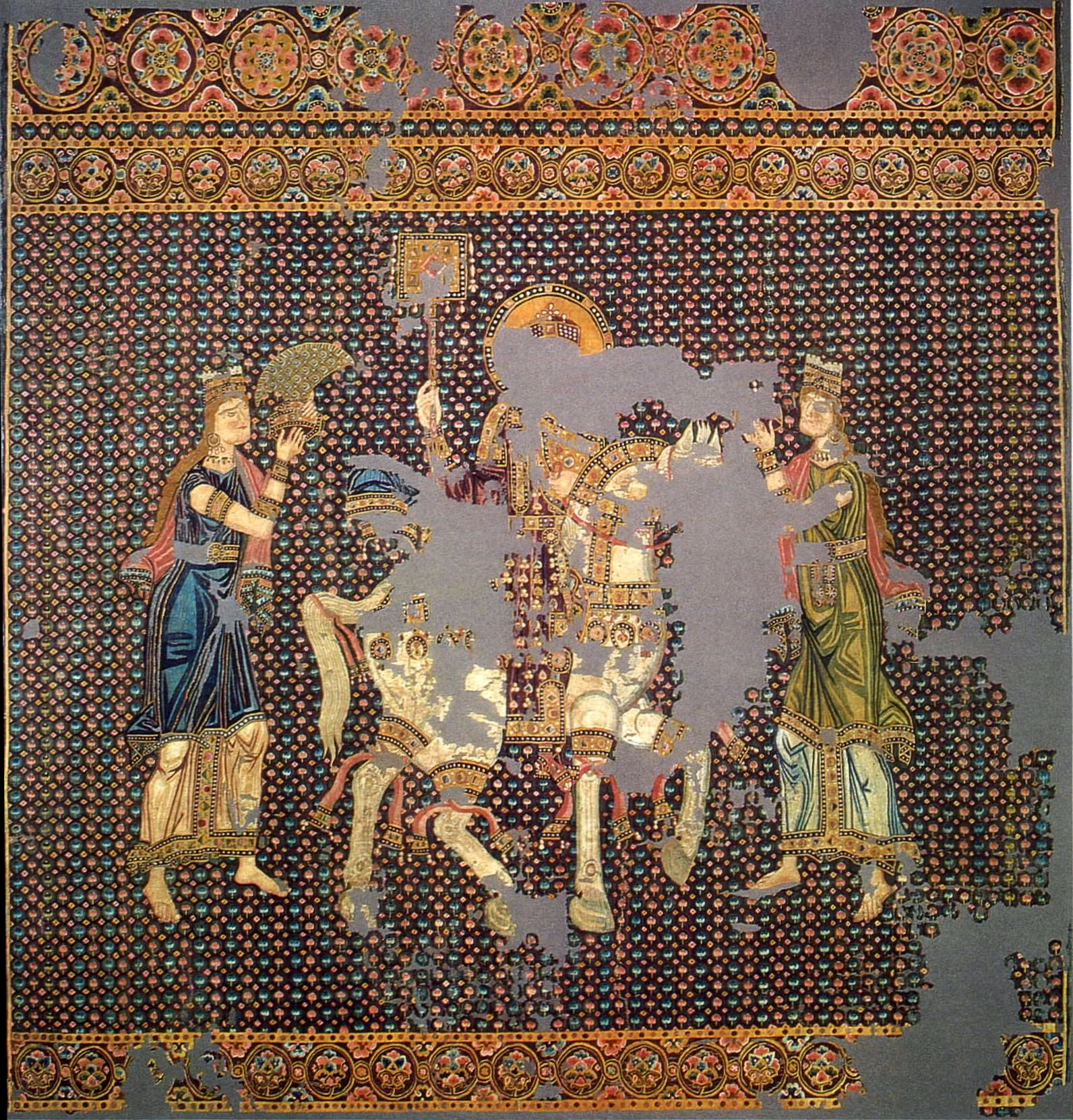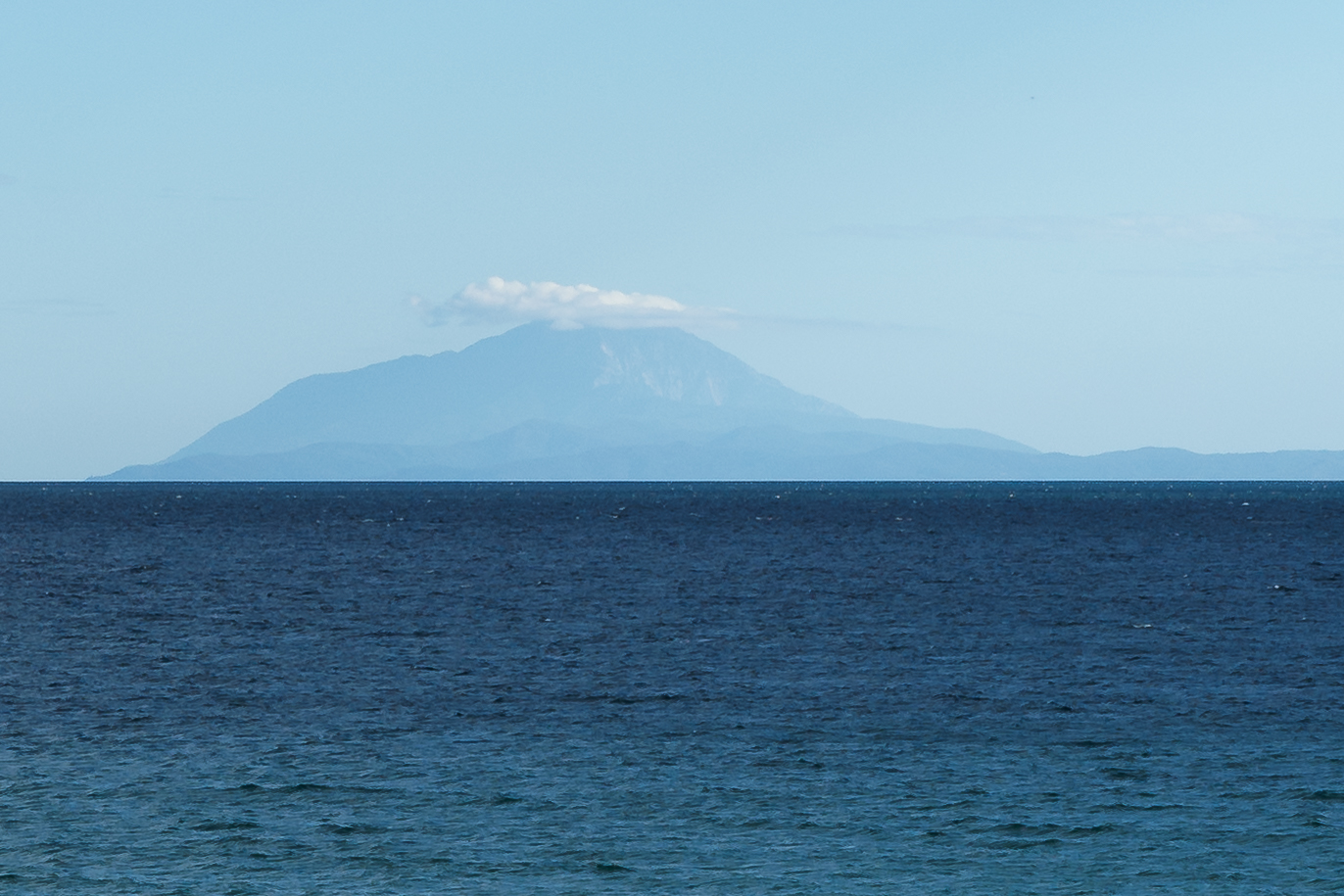|
Basil I Of Constantinople
Basil I, surnamed Scamandrenus or Skamandrenos ( el, Βασίλειος Σκαμανδρηνός), (? – March 974) from the Skamandros Monastery, which he founded, was Ecumenical Patriarch of ConstantinopleJ. M. Hussey (2010). ''The Orthodox Church in the Byzantine Empire''The list of the Patriarchs from 970 to 974. Before his election as Patriarch, he was a monk in Olympus of Syria and continued his monastic life after his election. As a Patriarch, he was accused as a conspirator against the Emperor John I Tzimiskes and as a violator of holy rules, but he refused to appear in front of a royal court. He was exiled and went to the Skamandros Monastery, where he died. During his patriarchate, the so-called ''Tragos'', the first Charter of the monastical state of Mount Athos Mount Athos (; el, Ἄθως, ) is a mountain in the distal part of the eponymous Athos peninsula and site of an important centre of Eastern Orthodox monasticism in northeastern Greece. The mountain al ... [...More Info...] [...Related Items...] OR: [Wikipedia] [Google] [Baidu] |
Chalcedonian Christianity
Chalcedonian Christianity is the branch of Christianity that accepts and upholds theological and ecclesiological resolutions of the Council of Chalcedon, the Fourth Ecumenical Council, held in 451. Chalcedonian Christianity accepts the Christological Definition of Chalcedon, a Christian doctrine concerning the union of two natures (divine and human) in one hypostasis of Jesus Christ, who is thus acknowledged as a single person ( prosopon). Chalcedonian Christianity also accepts the Chalcedonian confirmation of the Niceno-Constantinopolitan Creed, thus acknowledging the commitment of Chalcedonism to Nicene Christianity. In regard to their specific attitudes towards theological resolutions of the Council of Chalcedon, Christian denominations (both historical and modern) can be divided into: * Chalcedonian – those that accept theological resolutions of the Council of Chalcedon; * Semi-Chalcedonian – those whose acceptance of Chalcedonian theological resolutions is partia ... [...More Info...] [...Related Items...] OR: [Wikipedia] [Google] [Baidu] |
Ecumenical Patriarch Of Constantinople
The ecumenical patriarch ( el, Οἰκουμενικός Πατριάρχης, translit=Oikoumenikós Patriárchēs) is the archbishop of Constantinople ( Istanbul), New Rome and ''primus inter pares'' (first among equals) among the heads of the several autocephalous churches which compose the Eastern Orthodox Church. The ecumenical patriarch is regarded as the representative and spiritual leader of many Orthodox Christians worldwide. The term ''ecumenical'' in the title is a historical reference to the Ecumene, a Greek designation for the civilised world, i.e. the Roman Empire, and it stems from Canon 28 of the Council of Chalcedon. The Ecumenical Patriarchate of Constantinople is one of the most enduring institutions in the world and has had a prominent part in world history. The ecumenical patriarchs in ancient times helped in the spread of Christianity and the resolution of various doctrinal disputes. In the Middle Ages they played a major role in the affairs of the Ea ... [...More Info...] [...Related Items...] OR: [Wikipedia] [Google] [Baidu] |
Syria
Syria ( ar, سُورِيَا or سُورِيَة, translit=Sūriyā), officially the Syrian Arab Republic ( ar, الجمهورية العربية السورية, al-Jumhūrīyah al-ʻArabīyah as-Sūrīyah), is a Western Asian country located in the Eastern Mediterranean and the Levant. It is a unitary republic that consists of 14 governorates (subdivisions), and is bordered by the Mediterranean Sea to the west, Turkey to the north, Iraq to the east and southeast, Jordan to the south, and Israel and Lebanon to the southwest. Cyprus lies to the west across the Mediterranean Sea. A country of fertile plains, high mountains, and deserts, Syria is home to diverse ethnic and religious groups, including the majority Syrian Arabs, Kurds, Turkmens, Assyrians, Armenians, Circassians, Albanians, and Greeks. Religious groups include Muslims, Christians, Alawites, Druze, and Yazidis. The capital and largest city of Syria is Damascus. Arabs are the largest ethnic group, ... [...More Info...] [...Related Items...] OR: [Wikipedia] [Google] [Baidu] |
John I Tzimiskes
John I Tzimiskes (; 925 – 10 January 976) was the senior Byzantine emperor from 969 to 976. An intuitive and successful general, he strengthened the Empire and expanded its borders during his short reign. Background John I Tzimiskes was born to a father belonging to the Kourkouas family of Armenian origin, and a mother belonging to the Phokas family of Greek-Armenian origin. Scholars have speculated that "''Tzimiskes''" was derived either from the Armenian ''Chmushkik'' (Չմշկիկ), meaning "red boot"," John I (Roman emperor)". ''Encyclopædia Britannica''. or from an Armenian word for "short stature", as explained by Leo the Deacon. A more favorable explanation is offered by the medieval Armenian historian Matthew of Edessa, who states that Tzimiskes was from the region of Khozan, from the area called Chmushkatzag. Khozan was located in the region of Paghnatun, in the Byzantine province of Fourth Armenia (Sophene).See Matthew of Edessa. ''The Chronicle of Matthe ... [...More Info...] [...Related Items...] OR: [Wikipedia] [Google] [Baidu] |
Mount Athos
Mount Athos (; el, Ἄθως, ) is a mountain in the distal part of the eponymous Athos peninsula and site of an important centre of Eastern Orthodox monasticism in northeastern Greece. The mountain along with the respective part of the peninsula have been governed as the monastic community of Mount Athos, an autonomous region within the Hellenic Republic, ecclesiastically under the direct jurisdiction of the Ecumenical Patriarch of Constantinople, while the remainder of the peninsula forms part of the Aristotelis municipality. Mount Athos has been inhabited since ancient times and is known for its long Christian presence and historical monastic traditions, which date back to at least AD 800 and the Byzantine era. Because of its long history of religious importance, the well-preserved agrarian architecture within the monasteries, and the preservation of the flora and fauna around the mountain, Mount Athos was inscribed on the UNESCO World Heritage List in 1988. In modern ... [...More Info...] [...Related Items...] OR: [Wikipedia] [Google] [Baidu] |
Polyeuctus Of Constantinople
Polyeuctus ( gr, Πολύευκτος, died 5 February 970) was Ecumenical Patriarch of Constantinople (956–970). His orthodox feast is on February 5. History Polyeuctus was raised from being a simple monk to the Patriarchate in 956, as successor to the imperial prince Theophylact Lekapenos, and remained on the patriarchal throne in Constantinople until his death on 16 January 970. For his great mind, zeal for the Faith and power of oratory, he was called a "second Chrysostom". Although he was given his position by Constantine VII, he did not show much loyalty to him. He began by questioning the legitimacy of Constantine's parents' marriage, and then went as far as to restore the good name of Patriarch Euthymius who had so vigorously opposed that union. The Russian Princess Saint Olga came to Constantinople in the time of Patriarch Polyeuctus during the reign of Byzantine Emperor Constantine Porphyrogenitus, and was baptised there in 957. The Patriarch baptised her, and the ... [...More Info...] [...Related Items...] OR: [Wikipedia] [Google] [Baidu] |
List Of Ecumenical Patriarchs Of Constantinople
This is a list of the Patriarchs of Constantinople. Bishops of Byzantium (until 330) *1. St. Andrew the Apostle (38), founder *2. St. Stachys the Apostle (38–54) *3. St. Onesimus (54–68) *4. Polycarpus I (69–89) *5. Plutarch (89–105) *6. Sedecion (105–114) *7. Diogenes (114–129) *8. Eleutherius (129–136) *9. Felix (136–141) *10. Polycarpus II (141–144) *11. Athenodorus (144–148) *12. Euzois (148–154) *13. Laurence (154–166) *14. Alypius (166–169) *15. Pertinax (169–187) *16. Olympianus (187–198) *17. Mark I or Marcus I (198–211) *18. Philadelphus (211–217) *19. Cyriacus I (217–230) *20. St. Castinus (230–237) *21. Eugenius I (237–242) *22. Titus (242–272) *23. Dometius (272–284) *24. Rufinus I (284–293) *25. Probus (293–306) *26. St. Metrophanes (306–314) *27. St. Alexander (314–337) Archbishops of Constantinople (330–451) *28. St. Paul I ("the Confessor") (337–339) *29. Eusebius of Nicomedia ( ... [...More Info...] [...Related Items...] OR: [Wikipedia] [Google] [Baidu] |
Antony III Of Constantinople
Anthony III the Studite or Antony III Studites ( el, Ἀντώνιος Γ´ Στουδίτης), (died April or May 981) was a Greek monk and the Ecumenical Patriarch of ConstantinopleJennifer Lawler (2011). ''Encyclopedia of the Byzantine Empire''. McFarland. from 974 to 979. He died in Constantinople. References 981 deaths 10th-century patriarchs of Constantinople Studite monks Year of birth unknown {{EasternOrthodoxy-bishop-stub ... [...More Info...] [...Related Items...] OR: [Wikipedia] [Google] [Baidu] |



